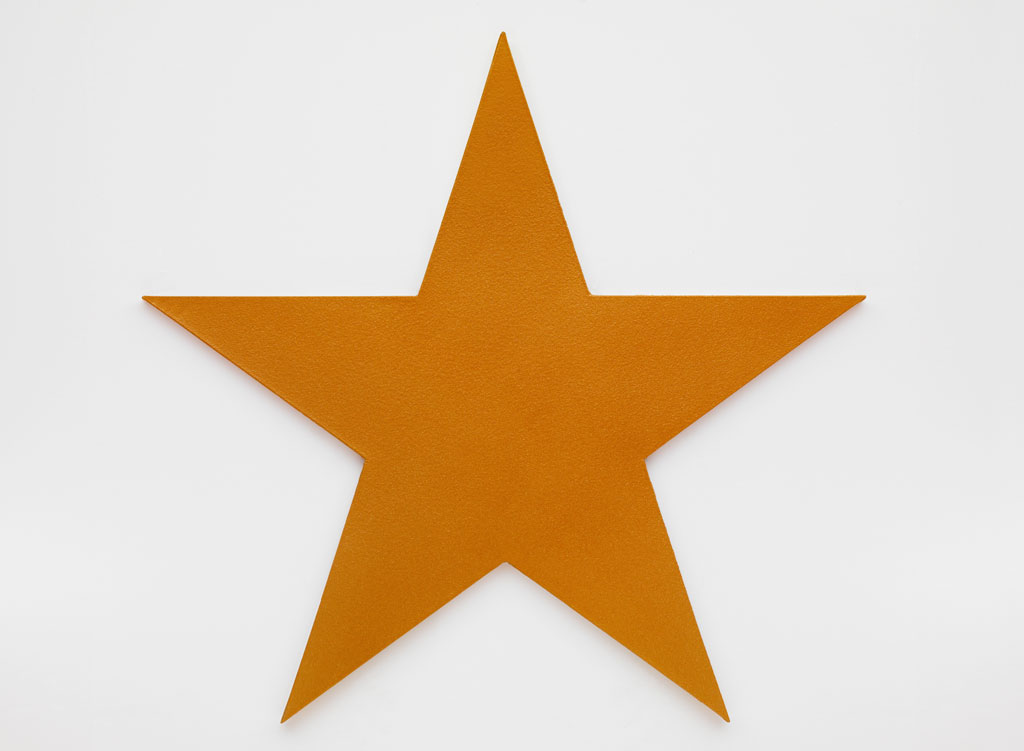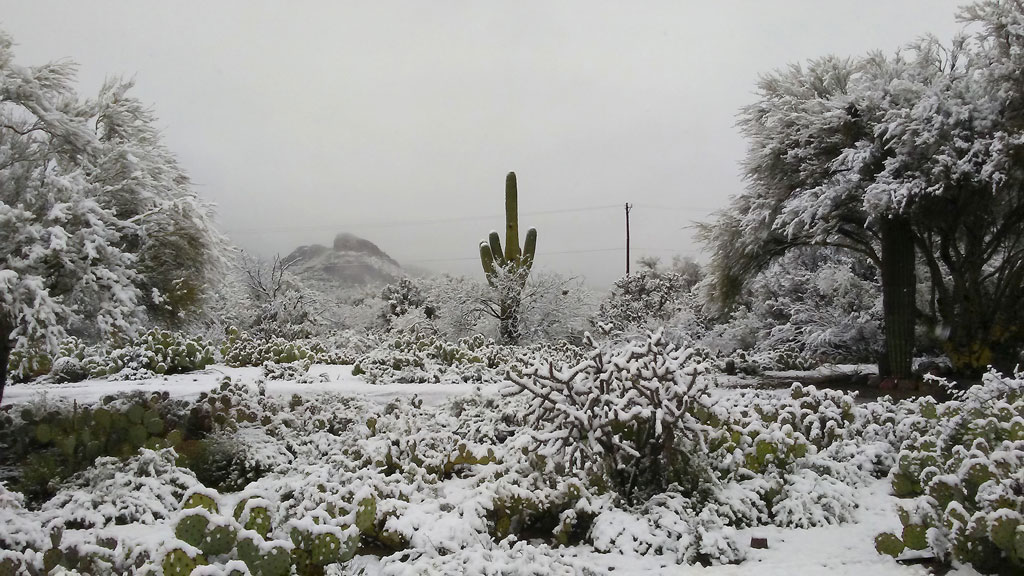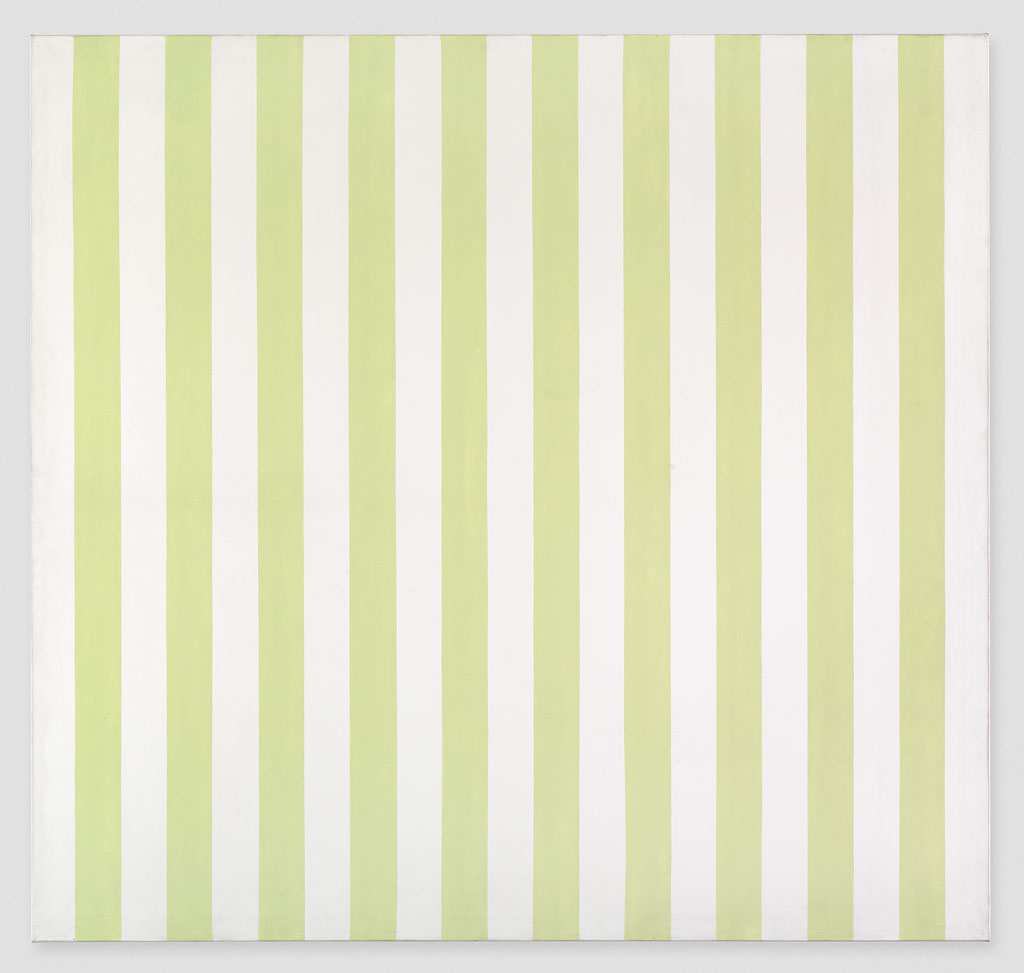ART-PRESENTATION: Olivier Mosset -TUTU
 Since the mid-1960s, Olivier Mosset has been one of the most radical representatives of a contemporary manner of painting that undermines the ideal of artistic originality by means of objectivity and seriality. Taking the question of what painting is and how it works as a starting point, he has produced a multifaceted oeuvre of monochromes and abstract geometric works that reject any mystifying attribution of meaning.
Since the mid-1960s, Olivier Mosset has been one of the most radical representatives of a contemporary manner of painting that undermines the ideal of artistic originality by means of objectivity and seriality. Taking the question of what painting is and how it works as a starting point, he has produced a multifaceted oeuvre of monochromes and abstract geometric works that reject any mystifying attribution of meaning.
By Efi Michalarou
Photo: Museum Haus Konstruktiv Archive
Taking the question of what painting is and how it works as a starting point, he has produced a multifaceted oeuvre of monochromes and abstract geometric works that reject any mystifying attribution of meaning, as exemplified by the pieces now presented at Museum Haus Konstruktiv. Olivier Mosset’s solo exhibition “TUTU” opens with eight giant square color fields in green, yellow, violet, orange, blue and brown. These monochromes from 2014, of which there are ten in total, were produced in series and demonstrate a very surface-oriented manner of painting, in which the traces of the application of paint are reduced to a minimum. Mosset had already adopted this practice in the mid-1960s, when he created paintings with letters, numbers and dots. Two of his early works date back to Mosset’s time in Paris, where he began his career as an artist in 1962, working as an assistant for Jean Tinguely and Daniel Spoerri. There, he also met Daniel Buren, Michel Parmentier and Niele Toroni. With the aim of fundamentally questioning painting in its predominant form and starting from scratch, these four artists organized four provocative collective acts from January to September 1967, in which they broke away from abstract expressionism and Nouvelle École de Paris. This group, named BMPT after the artists’ initials, already disbanded in 1967. Around 1966, Mosset produced the first of around two hundred identical paintings with a circle motif, which he would work on until 1974: for the purpose of undermining the principle of authorship and of creating a manner of painting that refers to nothing other than itself, this Swiss artist persistently painted black rings on white primed canvases measuring 100 x 100 cm, three examples of which are exhibited on the fourth floor. However, as these untitled rings became a kind of signature, he turned to two-tone vertical stripe paintings around 1973. The first paintings from this series show a white-and-gray stripe structure. Later, Mosset broadened his color palette, as seen in the striped exhibit in white and light green, until he started to combine two similar color nuances in 1976. This gradual convergence of the stripes’ colors led him to monochromy in 1977. At that time, he moved to New York, where he met key representatives of so-called radical painting and exhibited with them collectively. Until the mid-1980s, he addressed monochromy intensively, experimenting with various colors and formats while consistently intent on applying paint without any individual style. In 1985, Mosset returned to geometric abstraction, producing two-tone and three-tone abstract geometric paintings until 1990. He also started to give them titles, which rarely provided clear information about the work, instead encouraged contemplation of possible references to other artworks and ideas. In the exhibited piece “TUTU” (2013), for instance, which consists of four shaped canvases with the forms of letters T, U, T and U, there is subtle wordplay referring to Marcel Duchamp and his drawing of a ballerina. The version shown at Museum Haus Konstruktiv comprises two previous works from 2013, “Untitled (TU M’)” and “Untitled (TUTU)”, which can also be read as veiled homages to Duchamp. His strategy of referring back to certain works and concepts not only comes into play in the reshaped work “TUTU”, but also in the so-called “Cimaises”. These are large-format walls, which Mosset has previously arranged to be made from plaster, wood, metal or concrete. For the exhibition opening at Museum Haus Konstruktiv, they will now be realized in ice for the first time and will only be seen briefly, depending on the outdoor temperature, in the museum’s forecourt. The use of ephemeral materials has become increasingly important in recent years. This is also evident in the light piece specially developed for the exhibition space on the second floor by lighting designer Madjid Hakimi at the invitation of Olivier Mosset.
Info: Curator: Sabine Schaschl, Museum Haus Konstruktiv, Selnaustrasse 25, Zurich, Duration: 29/5-8/9/19, Days & Hours: Tue & Thu-Sun 11:00-17:00, Wed 11:00-20:00, www.hauskonstruktiv.ch
![Olivier Mosset, Untitled (TUTU) [Detail], 2013, Courtesy Galerie Andrea Caratsch-St. Moritz](http://www.dreamideamachine.com/web/wp-content/uploads/2019/05/MOSSE_TUTU_2-v290082550.jpg)
![Olivier Mosset, Untitled (TUTU) [Detail], 2013, Courtesy Galerie Andrea Caratsch-St. Moritz](http://www.dreamideamachine.com/web/wp-content/uploads/2019/05/MOSSE_TUTU-1-v290082550.jpg)


